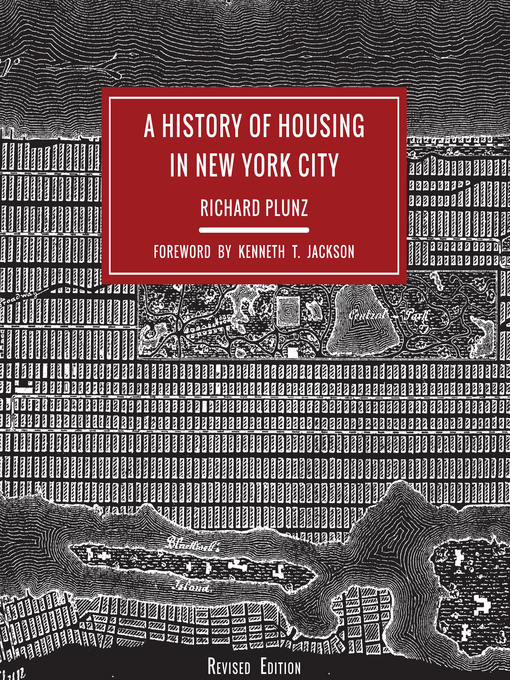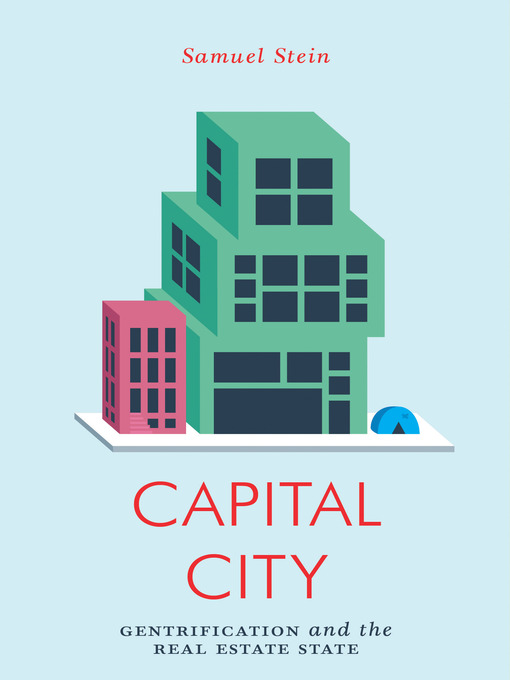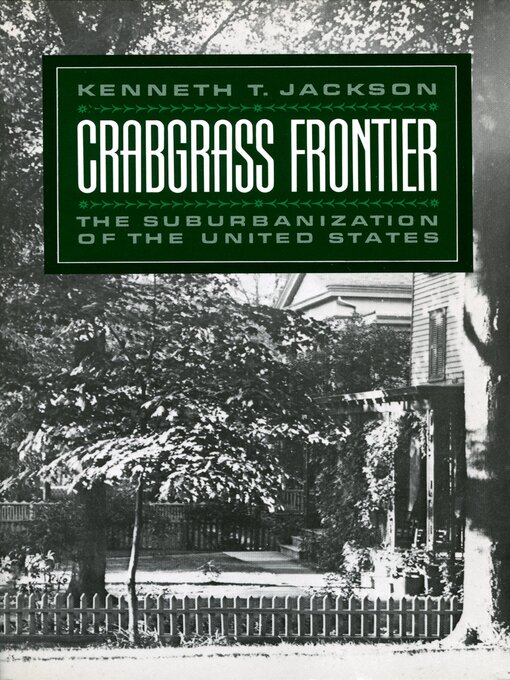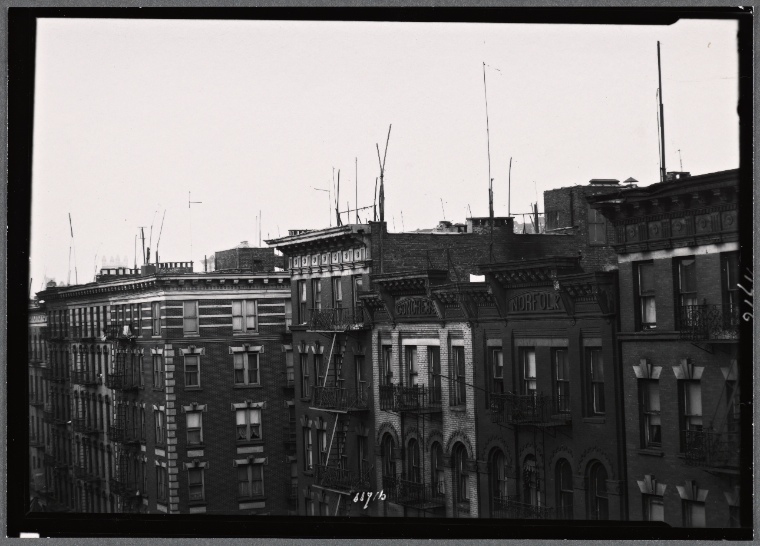NYC Neighborhoods
A Primer for Understanding Housing and Planning in New York... from Home
Walk many-a-street in Manhattan and you'll no doubt run into those CBRE (Coldwell Banker Richard Ellis) banners boasting of New York City as the "Real Estate Capital of the World." The statement rings true now as ever. New York, given its island topography, has always been a city where land is an extremely valuable asset. Thus, housing and rent are always at the front of people's minds, especially since a large majority of dwellers in NYC rent their places of residence instead of own.
You may have heard of the new rent laws put in place last year (formally known as the Housing Stability and Tenant Protection Act of 2019) being described by Cuomo as "the strongest tenant protections in history." Or perhaps you've seen petitions circulating, particularly since the COVID-19 pandemic, by organizations such as Housing Justice for All, regarding tenancy and the uncharted waters the crisis may bring to bear on the housing landscape (among other legal matters). Well, if you're among the many New Yorkers blessed/cursed with heaps of free-time, there is no better time than now to grasp the thorny issues surrounding housing in a broader sense.
There are a number of resources offered by the City to understand the way planning operates in New York. The Department of City Planning's website makes available a wealth of information for the dedicated and curious—the DCP's Zoning Handbook deserving a special mention. Available online, the Handbook condenses the 1,300 page Zoning Resolution and "is intended to demystify the city’s zoning rules through easily understandable text, charts and images." To the degree that zoning can be accessible, the Handbook does just this.
All this great information aside, the facts here presented may be a bit too hard to stomach without some resources to place housing and planning in historical and social context. The following resources offered by The New York Public Library may serve as a primer to get you started on understanding housing in NYC. The best part? They're all accessible from the comfort of home.

A History of Housing in New York City by Richard Plunz is a great place to begin, and is available as an e-book. The ability of the author to make an enjoyable read out of what is a potentially forbiddingly opaque subject is incredible—I dunno how he did it. This book should be required reading for anyone in New York City… and beyond.
While early beginnings from Dutch colonization are passed through, the details really come out when Plunz gets to the imposition of the grid. The New York gridiron was not just lacking imagination, it was also “reversed from the ideal” in terms of solar orientation, with south facades receiving all of the sun and north facades receiving none at all. From the dark ages of Old Law, to the more generous vistas of New Law, from the garden apartments of the 1920s to the Urban Renewal superblocks of the mid-century, reading Plunz' book will have you looking at your city with a firmly historical sensibility.
Plunz ends on a hopeful note, that the ideals of the “ownership society” have lately come into question and New York seems the most ideal answer, saying “history seems to be in the side of New York.” But he also ends this incredible history reminding us that “What is even clearer today than three decades ago is that there will be no ‘uninformed and naive’ social catastrophes as far as housing in New York is concerned. How the future plays out, however, remains a large question, as indeed the game is quickly changing.” Wise words.

Capital City: Gentrification and the Real Estate State by Sam Stein is available as an e-book. If I had to give anyone a reference for a summary of the challenges that tenants face due to the problems of City Planning (patricularly in New York), this is the book I'd recommend. Stein's book, apart from accounting for the strange phenomena of increasing construction in housing concurrent with growing homelessness that explodes simple formulas of "supply and demand," gives the reader an excellent background in zoning and its effect on neighborhoods.
When we usually think of inequities in housing the imagination tends to conjure visions of mid-century programs of blatant discimination such as redlining or heavy handed techniques like "urban renewal." While massive clearances are unlikely in today's post-Jane Jacobs planning climate, zoning more than ever lies at the crux of city planing, with upzoning and downzoning techniques used to fuel speculative purchases of property and land which lead to untenable cost of living in traditionally poor and working class neighborhoods. That "upzoning" and "downzoning" neighborhoods can have severe consequences for already-existing tenants is perhaps not readily apparent to the layperson—Stein's ability to deliver the goods clearly and concisely is truly a gift.

Manhattan Projects: the Rise and Fall of Urban Renewal in Cold War New York by Samuel Zipp is available as a web resource. Urban Renewal is urguably one of the most surreal phenomena in New York City housing history to real about, and Zipp's history gives us a very nuanced understanding of the subject, going beyond the typical tale of good vs. evil. Zipp covers projects of world-significance like the United Nations and Lincoln Center, as well as middle income projects like Stuyvesant Town and public projects like those found in East Harlem. Each example serves to illustrate the character of the neigbhorhoods these projects replaced. Of particular interest is Zipp's ability to contextualize the aims of urban renewal and provide an explanation of its execution in the form of public/private partnerships and its limitations thereof. An indisposible resource for understanding the history behind many of the massive building projects which make New York what it is today.

Crabgrass Frontier: the Suburbanization of the United States by Kenneth T. Jackson is available as an e-book. Jackson, who edits the Encyclopedia of New York City, has a very balanced approach to his subject, refraining from the temptation of holding any single issue responsible for the suburbanization, a development in housing which would serve as a backdrop of the 20th century American pastoral. Jackson sees the market forces which shaped the way America would suburbanize as very carefully constructed rather than a result of some invisible hand. While the popular imagination often regards New Deal policies as ushering a golden age of leftist policy, Jackson reveals how these same policies effectively stoked the process of private home ownership which was already taking place on a smaller scale at the time of the Great Depression, an economic mandate, culturally girded by the tradionally English bucolic undertones that fueled American preferences in regard to the city vs. the country.
Looking for extra credit? Don't stop wth the resources above—there are plenty of other materials you can access from home! For historical sources that go beyond New York City, you may want to check out Origins of the Urban Crisis: Race and Inequality in Postwar Detroit by Thomas J. Sugrue, available as an e-book—a classic study of the legacy of deindustrialization and housing in Detroit. Similar to Sugrue's book is Race for Profit: How Banks and the Real Estate Industry Undermined Black Homeownership by Keeanga-Yamhatta Taylor, also available to you as an e-book. More New-York centric histories include The Great Rent Wars: Rent Strikes and Rent Control in New York City by Robert L. Fogelson available as an e-book, The Lofts of Soho: Gentrification, Art and Industry in New York, 1950-1980 by Aaron Shkuda, available as a web resource, The Last Neighborhood Cops: the Rise and Fall of Community Policing by Gregory Holcomb Umbach, available as a web resource. If you're looking for something more along the lines of a manifesto, Peter Marcuse and David J. Madden's In Defense of Housing: the Politics of Crisis has made waves recently, and is available to you an eBook, as is the contemporary classic Rebel Cities: from the Right to the City to the Urban Revolution by David Harvey which you may access as a web resource.
There's nothing like a reading list of challenging, insightful books to stave off a descent into restlessness—and there's no better time than now to begin your journey. Happy reading to you!
Read E-Books with SimplyE
 With your library card, it's easier than ever to choose from more than 300,000 e-books on SimplyE, The New York Public Library's free e-reader app. Gain access to digital resources for all ages, including e-books, audiobooks, databases, and more.
With your library card, it's easier than ever to choose from more than 300,000 e-books on SimplyE, The New York Public Library's free e-reader app. Gain access to digital resources for all ages, including e-books, audiobooks, databases, and more.
If you don’t have an NYPL library card, New York State residents can apply for a digital card online or through SimplyE (available on the App Store or Google Play).
Need more help? Read our guide to using SimplyE.
